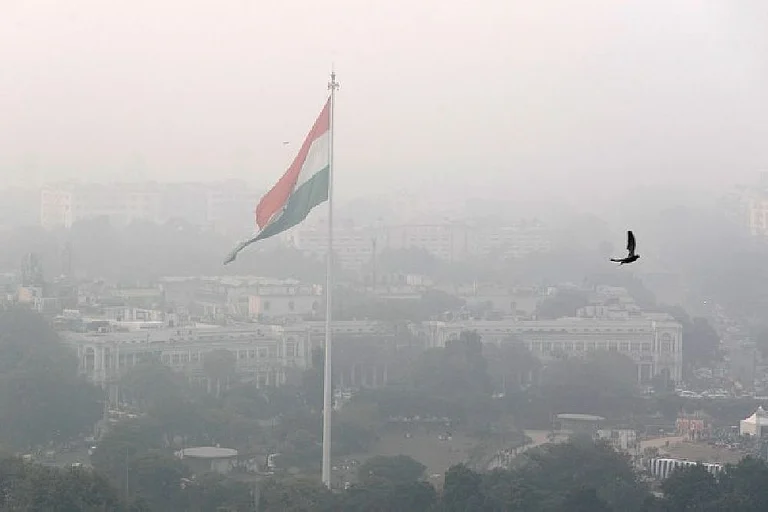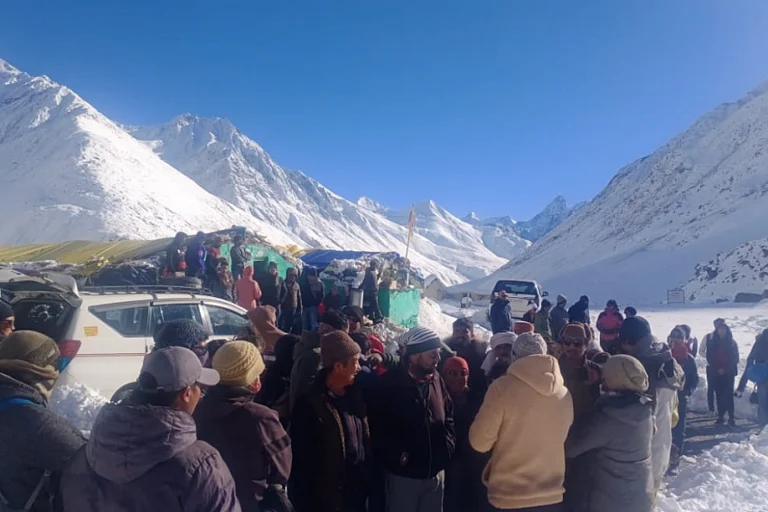Mainland India still has much to discover about the Northeast. Distance can be a barrier, as can the reluctance to travel to areas where insurgent groups operate. But these are poor excuses for ignoring the extraordinarily vibrant and varied cultures and peoples of the region beyond the “Chicken’s Neck”. As this anthology, a true treasury, proves, authors from all over the Northeast are not just writing for their own linguistic groups or their own region, they are reaching out to the rest of India. And they have an enormous amount to offer.
It was therefore a challenge for Tilottoma Misra, the editor of these two companion volumes, to choose what to include and what to leave out. She has opted for works from three generations of writers since Independence. Many are translations into English from languages such as Manipuri, Assamese and Bengali, but among the present generation she finds more original work in English.
The first volume is dedicated to short stories, and the second to poetry and essays on aspects of the Northeast, including oral and written traditions. Misra’s introduction gives a fascinating overview of the region’s literature and languages, and the impact of cultural invasions and assimilations, from the Bhakti movement to 19th century colonialism and the impact of Christian missionaries.
The stories are arranged alphabetically, beginning with those from Arunachal, and the reader is at once confronted with the customs and magical landscapes of this vast border state. In one story an educated girl discovers that she had been married off when she was no more than a toddler, and in another the son of a highly respected and expert hunter revolts against tradition and chooses to protect wildlife.
There is much that is fresh and new in this collection as protagonists come to terms with modernity. As Misra points out, many of the authors are ‘children of violence’ and in their stories they reveal how years of insurgency have had their impact on people’s lives. A village oil-seller can become an innocent victim of militants, while a government servant deputed to pay insurgents extortion money taken from government funds is taken aback when his wife earns the insurgents’ respect.
One of India’s outstanding writers, Nagaland’s Temsula Ao, has two masterful stories in this collection, one a many-layered and sensitive account of a woman whose great love chose a militant’s life over her. The second, Curfew Man, tells of a handicapped farmer who is pressed into service as a government informer and is trapped between the government and the militants. Several stories deal with those similarly trapped.
But the Northeast is by no means solely about violence; rich oral traditions are represented by myths and fables transcreated into written English. There is humour in this collection, and humaneness. And there is hope. As Monalisa Chankija writes,
“One of these decades when our dreams
Become as real as the nightmare now
We will gather around the fire
On moonlit nights as did our forefathers
And silence the gunfire with our songs.”























